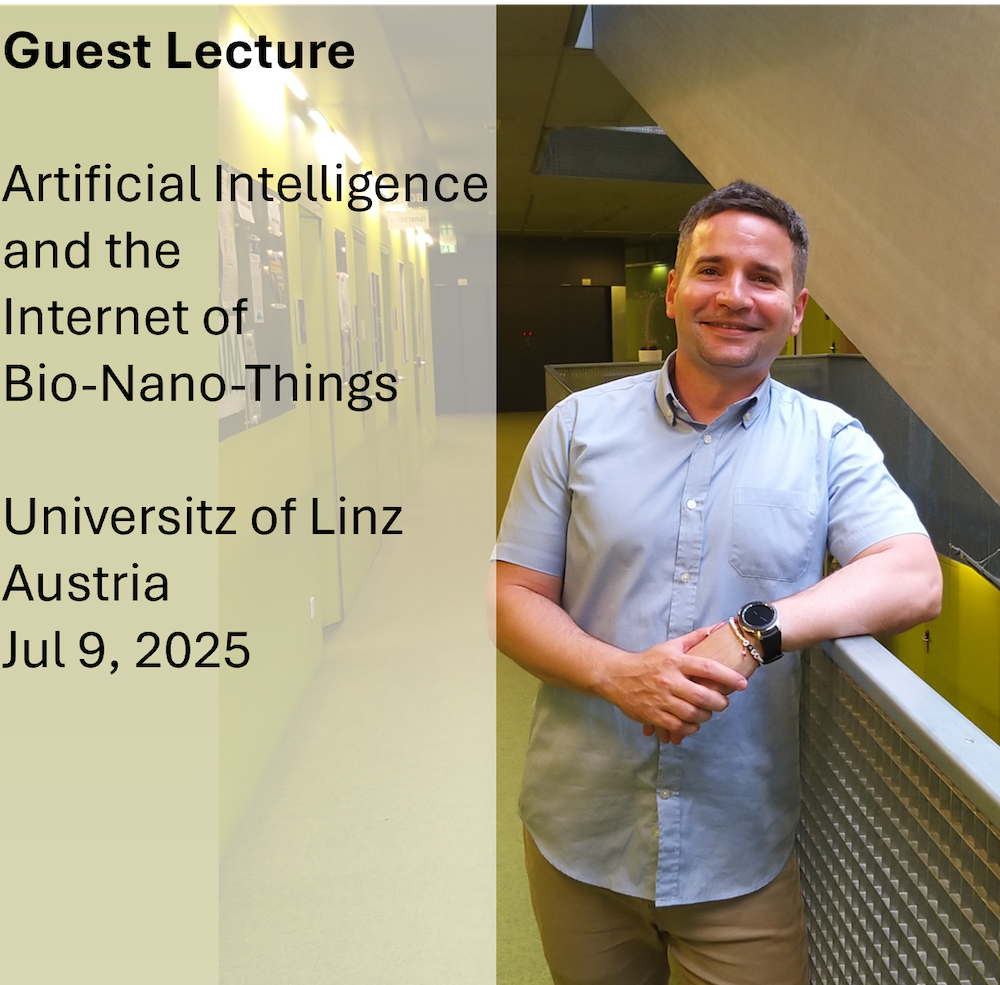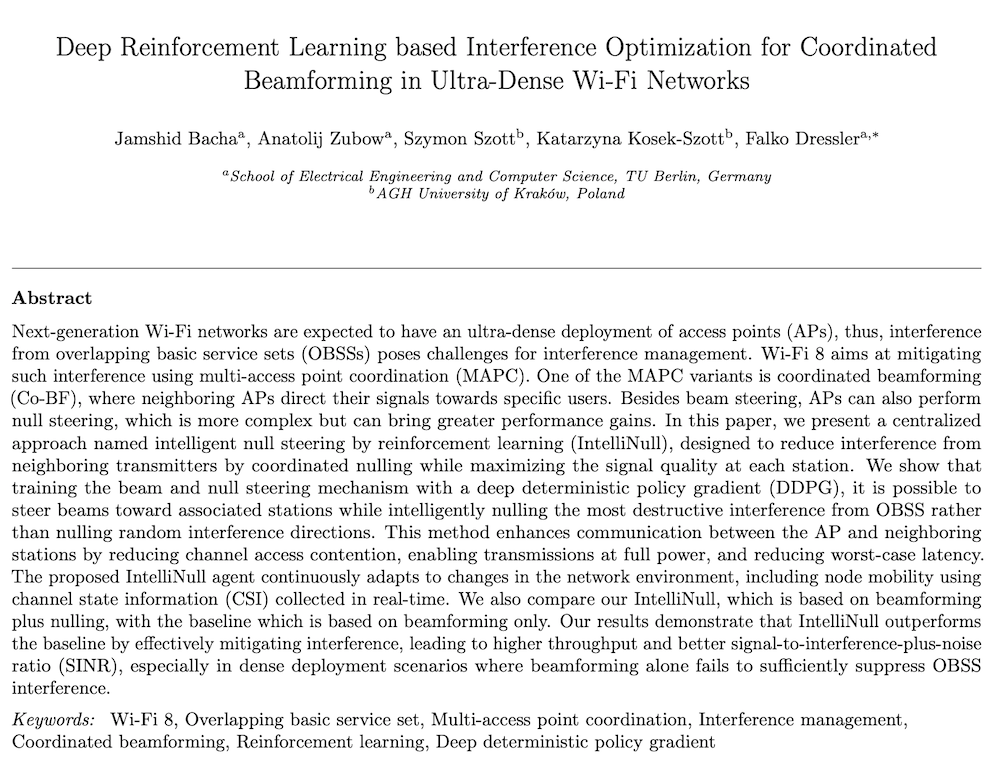Literature Database Entry
brune2020measurement
Fabian Brune, "Measurement Framework for Tracking Ride Characteristics of a Bicycle in Outdoor Experiments," Bachelor Thesis, Department of Computer Science, Paderborn University (UPB), February 2020. (Advisor: Julian Heinovski; Referees: Falko Dressler and Marco Platzner)
Abstract
Improving traffic security for Vulnerable Road Users (VRUs), such as cyclists, can avoid accidents and injuries, or even save lives. However, testing Advanced Driver Assistance Systems (ADASs) for bicycles in real traffic is dangerous. Hence, simulators have been developed that enable testing ADASs without putting the driver at risk. For the validation of such simulators a bicycle can be used that is capable of recording real world data in outdoor experiments. Existing instrumented bicycles lack expandability, accuracy or validation of sensors, they use only few sensors or are expensive. Within this thesis I explain my developed system, the Real World Cycling Environment (RCE), an expandable framework capable of tracking several bicycle parameters with its sensors that have been validated and/or calibrated accurately. It is based on a Raspberry Pi and can be built for about 100 Euro. An external GPS receiver and a camera are used to record GPS track and video, respectively. The developed sensors record speed, steering angle, and brake application. The speed sensor measures the rotational speed of the back wheel with nine signals per revolution and considers the tire pressure to calculate the actual circumference of the wheel for speed computation. The steering angle sensor has been validated with a testing station, specifically designed for the bicycle that forms the base of the system. It has a Mean Absolute Error (MAE) of 0.3°. An external high quality GPS device is used to record a GPS track. A comparison of recorded tracks to map data, as well as a comparison to two smartphones that recorded simultaneously, yielded good results. The brake sensors measure the brake handle application that can be related to the actual brake-caused deceleration. Overall, the Raspberry Pi’s resources are exploited to a low degree. With all sensors at their highest frequency and precision, the CPU usage (average) was below 39%, memory usage (maximum) and current power consumption (average) were below 26%. The recording software is designed extendable. Implementing additional sensors is straightforward. Furthermore, the developed software offers post processing with the data acquisition unit or with a different computer, as well as a simple review tool for trace analysis.
Quick access
Original Version ![]() (at publishers web site)
(at publishers web site)
BibTeX ![]()
Contact
Fabian Brune
BibTeX reference
@phdthesis{brune2020measurement,
author = {Brune, Fabian},
doi = {10.17619/UNIPB/1-925},
title = {{Measurement Framework for Tracking Ride Characteristics of a Bicycle in Outdoor Experiments}},
advisor = {Heinovski, Julian},
institution = {Department of Computer Science},
location = {Paderborn, Germany},
month = {2},
referee = {Dressler, Falko and Platzner, Marco},
school = {Paderborn University (UPB)},
type = {Bachelor Thesis},
year = {2020},
}
Copyright notice
Links to final or draft versions of papers are presented here to ensure timely dissemination of scholarly and technical work. Copyright and all rights therein are retained by authors or by other copyright holders. All persons copying this information are expected to adhere to the terms and constraints invoked by each author's copyright. In most cases, these works may not be reposted or distributed for commercial purposes without the explicit permission of the copyright holder.
The following applies to all papers listed above that have IEEE copyrights: Personal use of this material is permitted. However, permission to reprint/republish this material for advertising or promotional purposes or for creating new collective works for resale or redistribution to servers or lists, or to reuse any copyrighted component of this work in other works must be obtained from the IEEE.
The following applies to all papers listed above that are in submission to IEEE conference/workshop proceedings or journals: This work has been submitted to the IEEE for possible publication. Copyright may be transferred without notice, after which this version may no longer be accessible.
The following applies to all papers listed above that have ACM copyrights: ACM COPYRIGHT NOTICE. Permission to make digital or hard copies of part or all of this work for personal or classroom use is granted without fee provided that copies are not made or distributed for profit or commercial advantage and that copies bear this notice and the full citation on the first page. Copyrights for components of this work owned by others than ACM must be honored. Abstracting with credit is permitted. To copy otherwise, to republish, to post on servers, or to redistribute to lists, requires prior specific permission and/or a fee. Request permissions from Publications Dept., ACM, Inc., fax +1 (212) 869-0481, or permissions@acm.org.
The following applies to all SpringerLink papers listed above that have Springer Science+Business Media copyrights: The original publication is available at www.springerlink.com.
This page was automatically generated using BibDB and bib2web.





